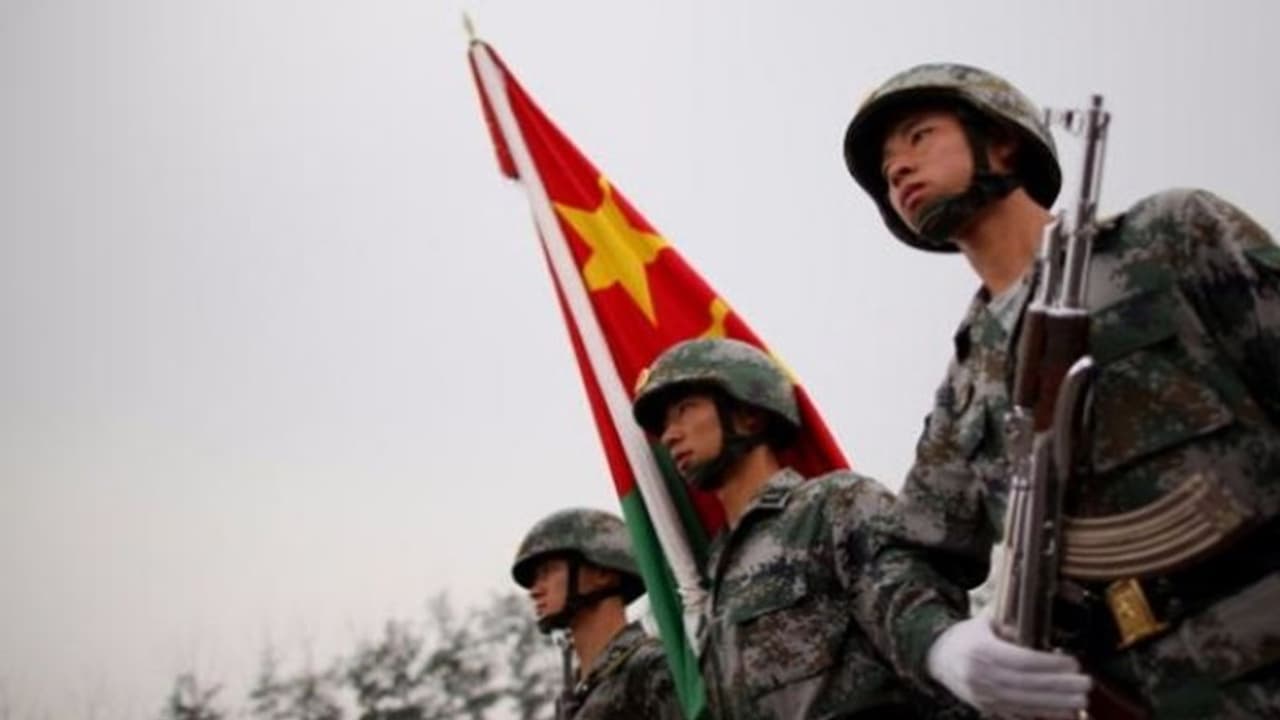For the disengagement of troops, talks are being held at several levels, including military and diplomatic, between the two countries. Sources said that "this entails the restoration of patrolling rights till the traditional patrolling points."
With the stalemate continuing at the two friction points in eastern Ladakh, the Indian Army has adopted a firm policy on restoring the patrolling rights to traditional points in Depsang and Demchok.

Refuting the media report that China's People's Liberation Army has sought a 15-20km buffer zone inside India-claimed lines on the strategic Depsang Plains, sources in the defence establishment told Asianet Newsable: "The Indian stance on the standoff points has remained consistent -- restoration of status quo ante as of April 2020."
China sets up new camps near Niti Pass at LAC, PLA building roads and helipads
For the disengagement of troops, talks are being held at several levels, including military and diplomatic, between the two countries. Sources said that "this entails the restoration of patrolling rights till the traditional patrolling points."
On April 23, the armies of the two countries held the 18th round of Senior Highest Military Commander Level (SHMCL) at the Chushul-Moldo meeting point, on the Chinese side, to discuss the issues pertaining to Depsang and Demchok.
So far, the men and machines have been withdrawn from friction points of Galwan, Pangong Tso, including the north and south banks, Gogra and Hot Springs.
The sources further added that the process of disengagement at these points does not alter India's claim over the alignment of the Line of Actual Control (LAC).
"All disengagements carried out earlier also have been done on the basis of mutual and equal security with no prejudice to LAC claims by either side," the sources said.
The issue at Depsang
At Depsang, considered strategically crucial for both sides, the Chinese troops have deliberately blocked Indian troops patrolling access to PPs 10, 11, 11A, 12, and 13. "The area out of access is estimated to be around 952-sqkm," the sources said.
It is pertinent to mention here that the Aksai Chin lies east of Depsang while the Siachen Glacier is at the north-western edge. China has been illegally occupying Aksai Chin, an area of 38,000 sqm since 1962. The area remained a point of contention between two Himalayan giants.
The PLA has been using a clause in the existing border agreements to block Indian patrols.
Located east of the strategic Sub-Sector North (SSN) road, these five PPs are close to the Line of Actual Control but not right at the LAC and well within Indian Territory. In this sector, China has several roads while India has only Darbuk-Shyok-Daulat Beg Oldie (DSDBO) Road.
Sitting at the Depsang plains, also known as Y-Junction, the Chinese can block Indian troops' movement to the strategic airfield Daulat Beg Oldie, which is just 20 km away.
Demchok
The other friction point is at the Charding Ninglung Nullah in Demchok. The Chinese have erected three tents in the area. The LAC passes through Charding Ninglung Nullah.
In the eastern Ladakh sector, India shares an 832-km-long LAC with China.
Both sides have deployed 50,000 troops, fighter jets, long range-artillery, hundreds of guns, tanks and missiles since May 2020.
Pakistan exposes its duplicity again; ramps up Sir Creek border infra after stalling India's works
